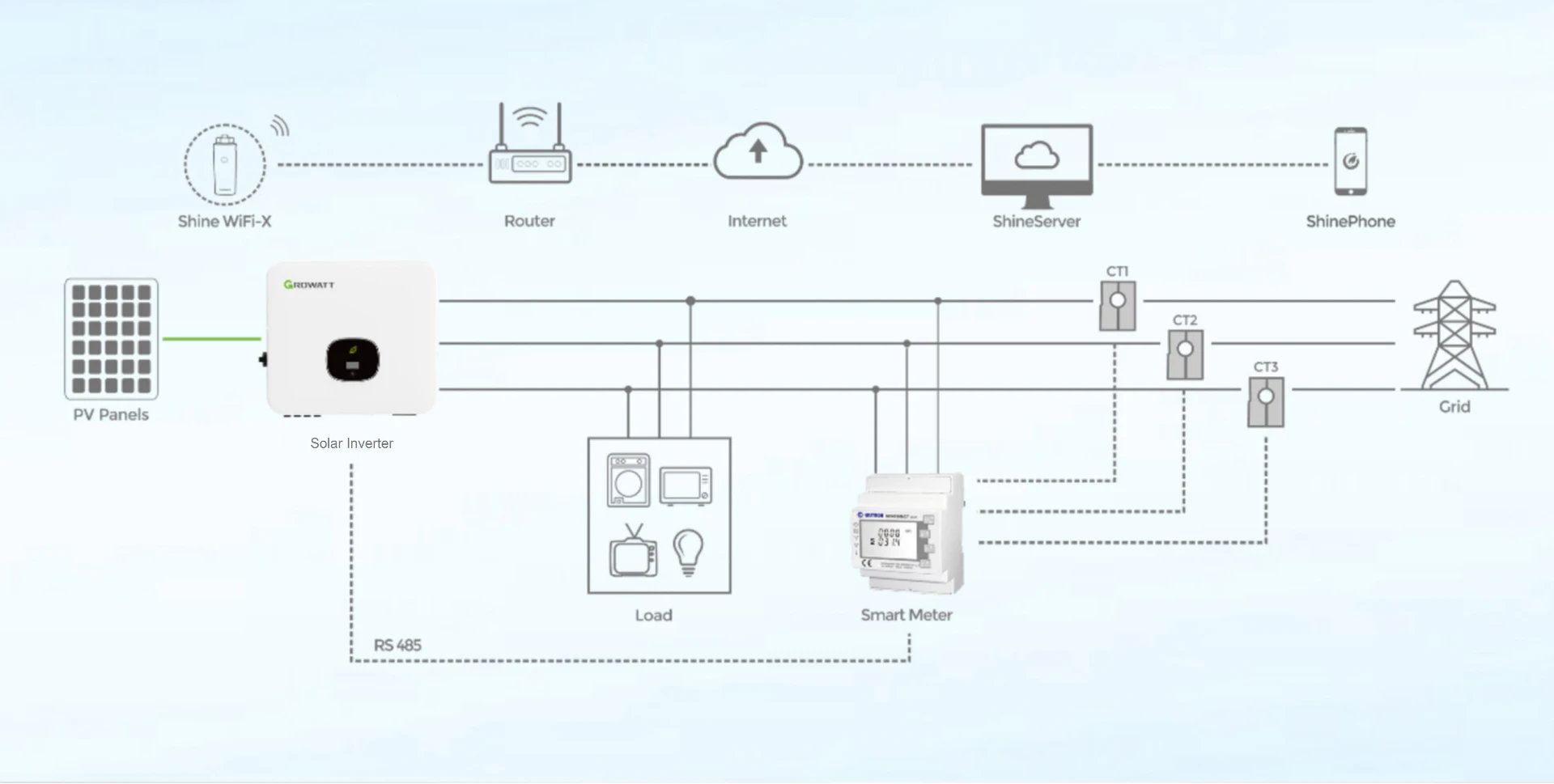Understanding the Functionality of Solar Inverters in Renewable Energy Systems
Understanding Solar Inverter Operation
Solar energy has established itself as one of the most promising renewable energy sources in recent years. Among the critical components ensuring the efficiency of solar energy systems is the solar inverter. This device plays an essential role in converting the direct current (DC) produced by solar panels into alternating current (AC), which is universally compatible with household appliances and the electrical grid.
The Basics of Solar Inverter Operation
At its core, a solar inverter's primary function is to perform the DC to AC conversion. Solar panels generate electricity in the form of DC, which cannot be used directly by most household devices or fed into the grid. This is where the inverter comes into play. Once the solar panels capture sunlight and generate electricity, the inverter takes that DC power and converts it into AC power.
The operation of a solar inverter can be broken down into several fundamental steps
1. DC Input The inverter receives DC electricity from the solar panels. The amount of energy produced is directly influenced by several factors, including sunlight intensity, panel orientation, and the time of year.
2. Feedback Mechanism Inverters are equipped with sophisticated sensors and control systems that monitor the input voltage and current from the solar panels. This real-time feedback allows the inverter to optimize the conversion process continuously.
3. Inversion Process The actual conversion of DC to AC happens through a process involving switching devices, typically transistors. These devices alternately allow current to flow in different directions, creating a waveform that can emulate AC power. Modern inverters produce a sine wave, which is the preferred form of AC for compatibility with most electrical systems.
4. Grid Connection After the conversion, the AC power is then sent either to the electrical grid or for use within a household. In cases where the system is grid-tied, additional mechanisms ensure that voltage and frequency parameters are aligned with grid standards to avoid damaging sensitive equipment or creating safety hazards.
solar inverter operation

Types of Solar Inverters
There are several types of solar inverters available, each designed for specific applications and system designs
- String Inverters These are the most common type and are used in residential solar panel systems. They connect several panels in series, and the total output is fed into one inverter. While cost-effective, their performance can be affected if one panel is shaded or underperforming.
- Microinverters In contrast, microinverters are installed on each individual solar panel. This allows each panel to operate independently, optimizing energy production, especially in settings where shading is a concern. They are generally more expensive but can enhance overall system efficiency.
- Power Optimizers These devices work with string inverters and are installed alongside each panel. They optimize the DC output of each panel before it reaches the inverter, effectively combining the benefits of both string inverters and microinverters.
- Hybrid Inverters These versatile devices can work with both solar panels and battery storage systems, making them an excellent choice for those looking to add energy storage to their solar setup.
Conclusion
In summary, solar inverters are essential to harnessing solar energy effectively. Their operation involves converting DC power from solar panels to AC power, enabling the use of solar energy within homes and feeding it back into the grid. The choice of inverter type can significantly impact system efficiency and overall energy production. As technology continues to advance, innovations in solar inverter design and operation will further enhance the effectiveness of solar energy systems, bringing us closer to a cleaner and more sustainable energy future.
-
Understanding the Advantages of Solar String Inverters for Your Energy SystemNewsApr.29,2025
-
Choosing the Right PV Inverter: A Comprehensive GuideNewsApr.29,2025
-
The Future of Solar Power: Exploring Bifacial Solar PanelsNewsApr.29,2025
-
The Complete Guide to Solar Panels: Efficiency, Cost, And InstallationNewsApr.29,2025
-
The Best Options for Efficiency and Cost-EffectivenessNewsApr.29,2025
-
Harnessing the Power of Off-Grid Solar Inverters for Energy IndependenceNewsApr.29,2025







